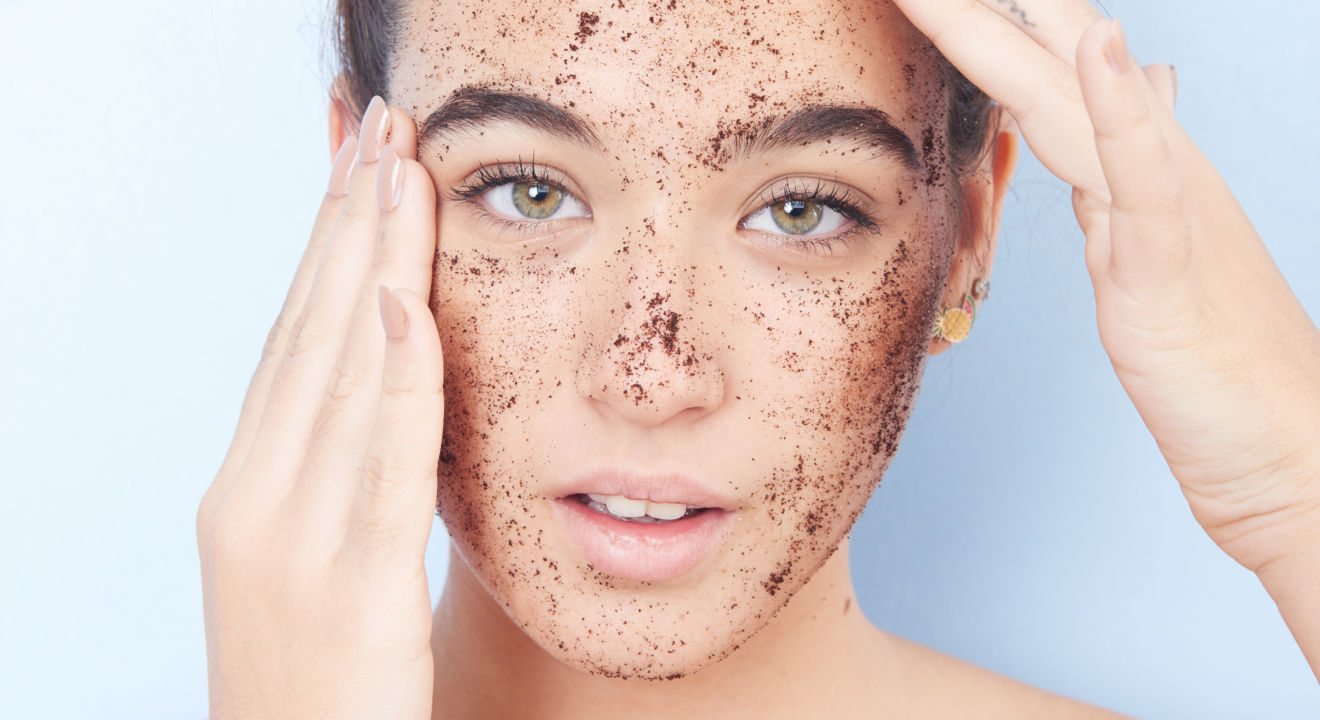Sustainability September 7, 2016


From Aveeno to Clean & Clear to Neutrogena, top brands everywhere have hailed the benefits of exfoliating your dead skin cells with microbeads. If you go to your local drugstore, for example, you can purchase an Aveeno Skin Brightening Daily Scrub “with moisture-rich soy extract and gentle microbeads” that will “gently exfoliate for even tone and texture.” Who wouldn’t want healthy, smooth skin?
As Ole Henriksen, founder of the eponymous skincare brand, tells Huffington Post, a face scrub is essential because “it deeply cleanses the skin, dislodging buildup in the pores and helping to break up whiteheads. It also [smoothens] and refines the skin’s texture, giving it a soft, supple look. And lastly, it enhances blood flow to the face, giving the appearance of a fresh glow.” Thus, exfoliating the skin is often deemed a necessary part of one’s morning and evening beauty routines.
Although many companies continue to advertise these benefits, countries such as the UK have announced their decision to ban the small microbeads in exfoliants because of the damage they do to the environment. According to IFL Science, the UK government plans to “phase out the sale and manufacture of cosmetics and hygiene products that contain the tiny pieces of plastic by 2017.”
Will you get in on this movement?
For those of you who are still unsure, here are five things you may not know about the damage these little beads can cause.
According to Teen Vogue, the United States’ Microbead-Free Waters Act of 2015 defines microbeads as “plastic particles less than five millimeters in size.” Many exfoliators, cleansers, shower gels and other hygiene products use these. As Beth Lange, Ph.D., chief scientist of the Personal Care Products Council explains, “Companies have traditionally used microbeads because of their effective and gentle exfoliating properties.”
The problem is, however, is not only that microbeads are common, but that there are thousands of them in each product. Erica Vega, training manager at Lush Cosmetics, tells Teen Vogue, “A single tube of cleanser can contain approximately 300,000 microbeads.”
According to the BBC, microbeads are non-biodegradable. In fact, because they’re made of plastic, microbeads are designed to last a long time without breaking down. So the beads, when rinsed from the face with water, go down the drain and are washed into the ocean, where, unfortunately, they remain without decomposing.
NPR writes, “Environmentalists say [microbeads are] part of the plastic pollution found in the ocean, and, increasingly, in the Great Lakes, which contain more than 20 percent of the world’s freshwater.”
The harmful effects of these microbeads are magnified because of their small size. Business Insider explains that before water gets discharged into the ocean, it is filtered and cleaned at wastewater treatment plants. However, because the beads are smaller than five millimeters, they don’t get caught in the filters and are instead discharged into rivers, lakes and oceans.
As Dr. Karla Heidelberg, director of the USC environmental studies program, tells Teen Vogue, “Microbeads are too small to remove once they are in an aquatic environment. Their size prevents them from being removed in standard water filtration systems, and there is currently no other technology that can economically remove small microbeads.”
Because of their size and shape, Teen Vogue points out that microbeads are small and resemble fish eggs or phytoplankton cells, which are typical food for small predators such as zooplankton and larval fish. According to Dr. Heidelberg, there are “mounting scientific studies [to] show that zooplankton routinely consume microbeads during feeding.”
This is a problem because the plastic beads can accumulate in the animals’ digestive systems and cause blockages. And because plankton are consumed by predators such as krill, shrimp and small fish, the damage will move up the food chain. Dr. Heidelberg says, “Adversely affecting the bottom of the food chain will directly affect higher trophic levels and the health of the oceans.”
What’s more, Nature World News warns that microbeads are also toxic to animals because they “act like sponges for toxins already found in local waters and sewage plants.” Basically, microbeads “can serve as delivery systems for the other foul pollutants that wind up in our waters, turning from exfoliators to poison pills the longer they freely float.”
Aside from the UK’s plan to ban the bead, just last year the US started taking action to help clean the oceans. According to The New York Times, Illinois, Maine, New Jersey, Colorado, Indiana and Maryland enacted legislation to “restrict the use of microbeads” in May 2015.By the end of that year, President Obama signed a bipartisan bill that prohibits selling and distributing products that contains microbeads.
Also, some key high retailers such as ARK Skincare, Marks & Spencer and Tesco have also committed to removing microbeads from their own products.
But instead of simply waiting for countries and companies to stop producing, NPR says you can also start reading labels. Illinois State Senator Heather Steans tells NPR, “If they have polyethylene or polypropylene on the labels, that indicates there’s plastic in them.”
If you want to exfoliate your skin, you can steer clear of plastic and opt for more natural or safer alternatives. Vogue suggests using cleansing brushes like Foreo, which uses silicone touch-points that exfoliate your skin. You can also use glycolic toners like Alpha-H to “maintain the skin’s clarity [by] getting deep into pores and breaking down the bonds that keep dead skin cells hanging around for longer than you’d want them to.”
For those with more sensitive skin, you can use natural ingredients such as whole oats, baking soda, almond or walnut shells and sugar. For more information on how to use these ingredients, you can visit the Anna Naturals website for a thorough explanation.